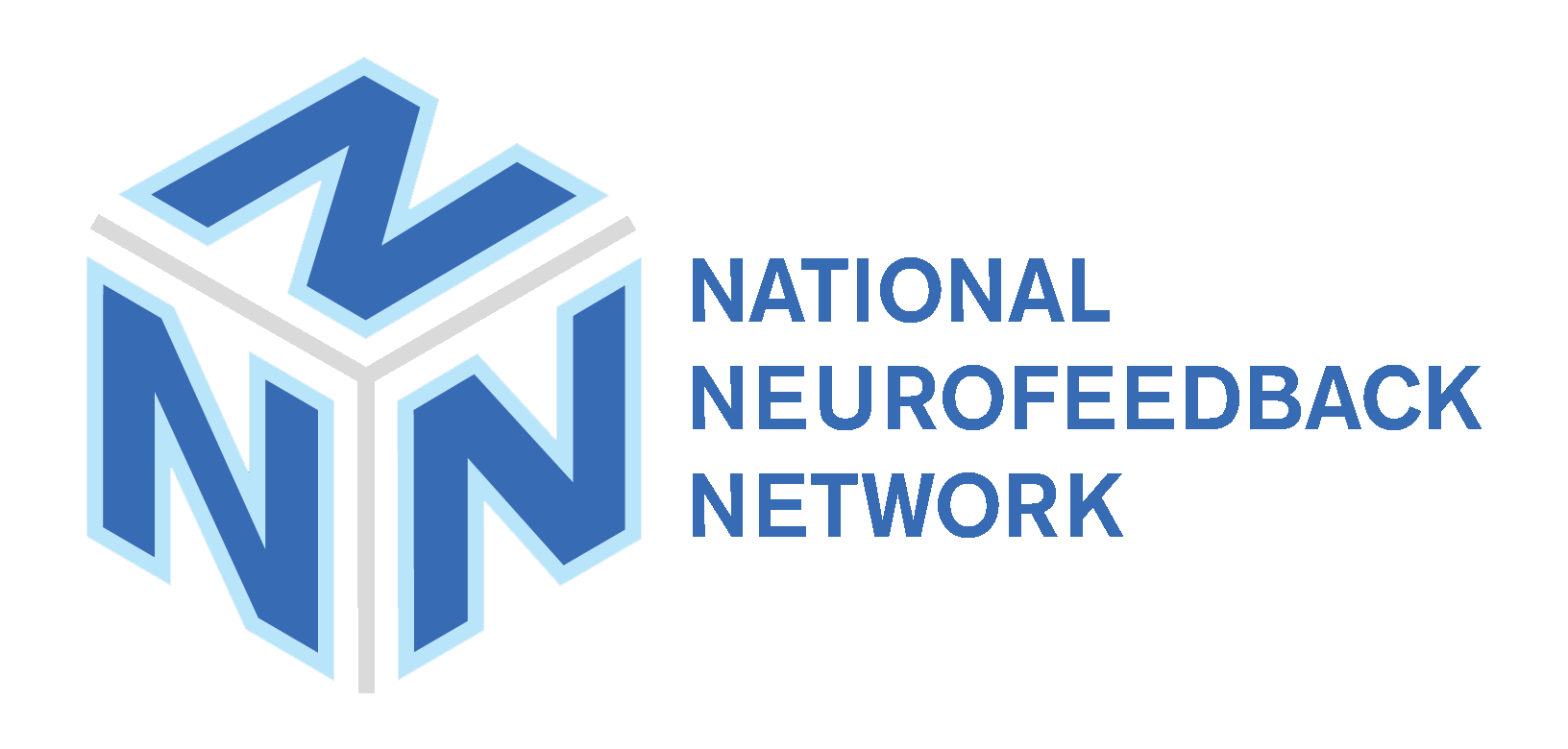Neurofeedback, or neurotherapy, is a form of biofeedback – electroencephalogram (EEG) that helps patients identify, monitor and modify their own brainwave activity. Neurofeedback has been used for decades as an alternative non-medicinal treatment for ADHD, Depression, Traumatic Brain Injury (TBI), Anxiety, Post-Traumatic Stress Disorder (PTSD) and other brain disorders. And within the last decade, researchers have found more evidence that it not only enhances the effectiveness of other therapies for these disorders, but may also provide permanent relief from them on its own.
The effectiveness of this therapy is due to neuroplasticity, also called brain plasticity, a process that enables the brain to produce new cells and connections between cells. With proper training, patients can enhance their own mental and physical abilities by stimulating this growth using neurofeedback. Unlike medicinal therapies, the changes that occur during neurofeedback training have been shown to continue long after therapy has been completed.
How Does it Work?
Basically neurofeedback enhances the brain’s ability to move from one form of wave activity to another. Electrically charged, these waves fall into four different categories and are measured in cycles per second represented as Hertz (Hz):
- Delta waves – (less than 4 Hz) – are the slowest and occur when we are asleep.
- Theta waves – (4 – 7 Hz) – are also relatively slow and predominate when we are deeply relaxed, mentally inactive.
- Alpha waves – (8 – 13 Hz) – represent a medium frequency that takes place when we are fully awake but not actively engaged in thinking or interacting with our environment.
- Beta waves – (13-38Hz) – are the fastest and indicate we are fully engaged in thinking and problem solving.
Through neurofeedback, a patient can tell when his or her waves are moving too quickly or going too slowly for optimum brain function. With this awareness, the brain can be trained to self-correct by changing the frequency of these waves to more desirable levels.
For example, working with a neurofeedback provider, a person who is having trouble focusing at work or school can enhance their ability to concentrate by retraining their brain to produce more beta waves. While a patient who is experiencing insomnia can learn how to slow down their beta waves so theta waves predominate. Once new brain wave patterns are established through multiple neurofeedback sessions, optimum levels of activity can be sustained with just occasional reinforcement sessions. Generally, neurofeedback training delivers a positive outcome faster than talk therapies, averaging between 20 to 40 visits, depending on the patient and their ailment.
First step – establish a baseline
The neurofeedback provider takes a baseline reading of the patient’s brain activity to access their current brain function. This is done by placing a number of sensors in different locations on the patient’s scalp allowing the electrical activity of the brain to be monitored. Once the results of this reading are assessed, a protocol is developed for each patient based on their initial EEG reading and the goal the specialist determines will produce more effective brain activity. At this time, the specialist will also determine the best neurofeedback machine to use given the patient’s needs and estimate the number of visits needed to complete therapy.
Neurofeedback enables patients to view their own brain function.
During therapy, based on specific algorithms, activity is amplified and filtered, allowing brain waves to be visualized on a computer screen during the course of certain activities. These visuals enable the patient to see how the brainwaves look when they are in different states such as stressed or relaxed, focused or unable to concentrate.
Once the patient can see the relationship between specific brain states on the screen, they can use this visual and audio feedback to regulate their brain’s activity. Overtime the patient learns how to activate positive brain activity and inhibit activity that’s less desirable. Eventually, the patient is able to initiate and regulate these states effortlessly and automatically on their own. What’s more this learned activity becomes so automatic, brain function is essentially changed for the better – permanently.
Types of NFB
There are two types of neurofeedback therapy – passive therapy and active therapy. The difference between them is the degree of the patient’s involvement in the process.
Passive neurofeedback – sends low-energy radio waves through the brain and measures them on their return. Sensing a disruption in its signal processing, the brain automatically readjusts itself so the waves follow a better and more efficient pathway. Multiple sessions are required in order to measure the brainwaves and find the settings that will achieve the optimum treatment for each patient.
Active neurofeedback – uses various specific stimulus to help patients control their brain waves and break harmful patterns. These stimuli can be a sound or light cue or even a video game which is used by the therapist to give positive reinforcement when brain waves reach a desired frequency.
